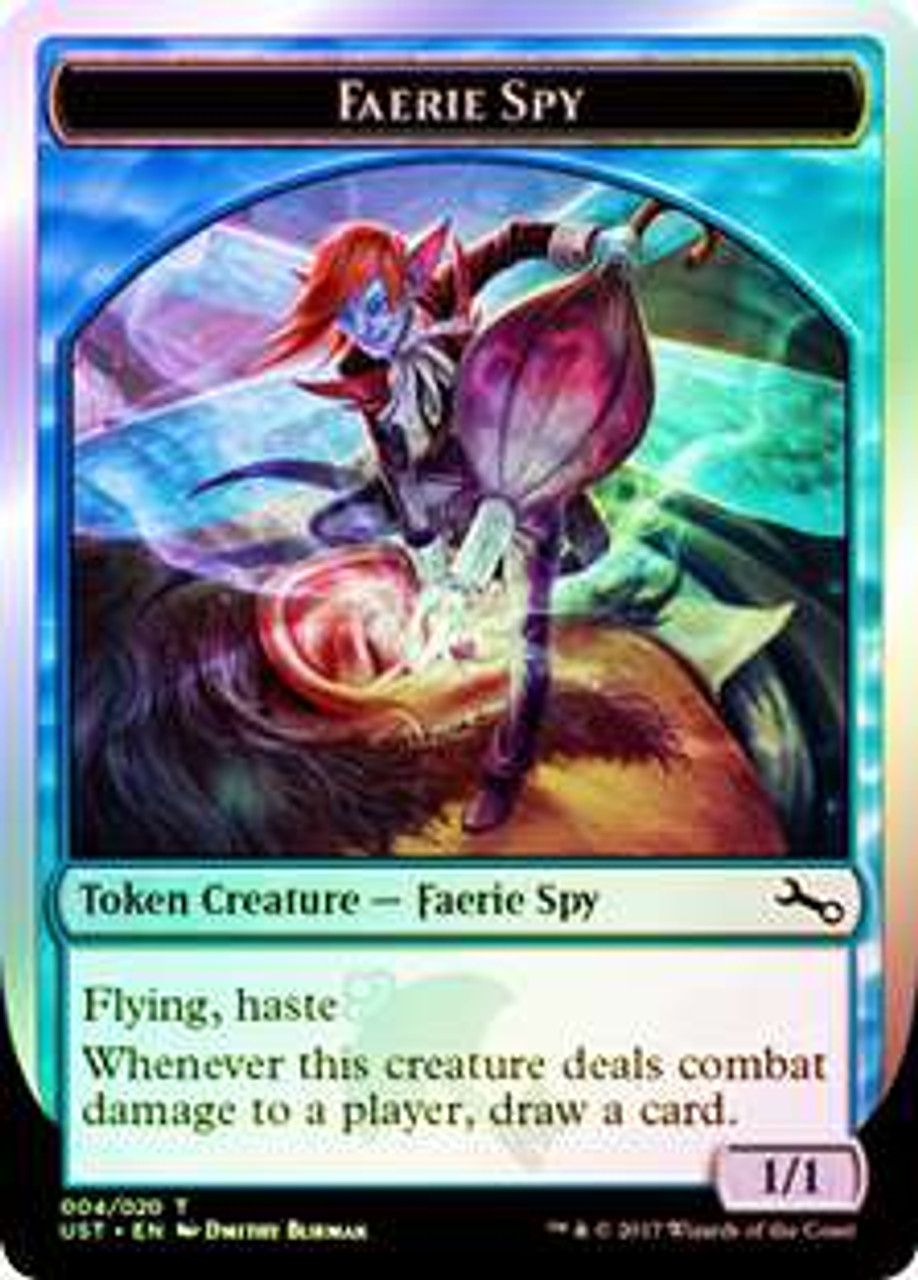

The following analysis will be focused on this card’s actual mechanical effect on players rather than speculation about authorial intent. While Flanagan’s work delves deeper into procedural rhetoric - which assumes meaning is crafted by the designer - she acknowledges the importance of player reception as the method of consuming whatever discourse an artifact produces (Flanagan 185). Mary Flanagan in Critical Play briefly discusses this: “…I’ve come to realize that the methods followed by practitioners, whether consciously evaluated or not, are key to the meaning emerging from a game” (Flanagan 253). It’s more useful to examine how the card itself affects players interacting with it, regardless of designer intent.

The important thing is that it doesn’t matter whether or not the designers at WotC tried to craft positive representation into this card’s mechanical playstyle. In “Toward an Ecology of Gaming,” Salen posits that playing games can teach players and shape their relationship with the real world (1-10). K&T’s effect on play necessitates human interaction with it, and therefore a recognition of its mechanical design. With this in mind, we can examine the lore and mechanics to find what connotations this card invokes in the context of representation. Essentially, the effects of K&T on the gamestate are linked to the characterisation of the couple themselves, and this is consistent with nearly every other MtG card. Katie Salen articulates: “When video games represent things-anything from space demons to long-term debt-they do so through procedurality, by constructing rule-based models of their chosen topics” (123). The core idea here is that a game’s design and mechanics reflect its represented topics, so the construction of the rules will affect a player’s perception of those topics. To explain, I’ll cover how procedurality works in MtG, then discuss how the various aspects of this card are implicit in the discourse it engenders. Its mechanics invite awkward interpretations and practices by MtG’s community of players despite initially looking successful. While the effectiveness of representation as a tool of activism is not the focus of this essay, and I do not claim that positive representation is a cure-all for prejudice, the way K&T is represented in MtG is important to and for queer folks in terms of normalization, acceptance, and empowerment. Thanks to heteronormativity, most players will assume that people shown on other cards are probably cisgender and heterosexual, so this puts pressure on K&T to represent gay people. “Kynaios and Tiro of Meletis” (henceforth referred to as ‘K&T’) is the only representation of a living, explicitly gay couple on a MtG card, ever.


 0 kommentar(er)
0 kommentar(er)
